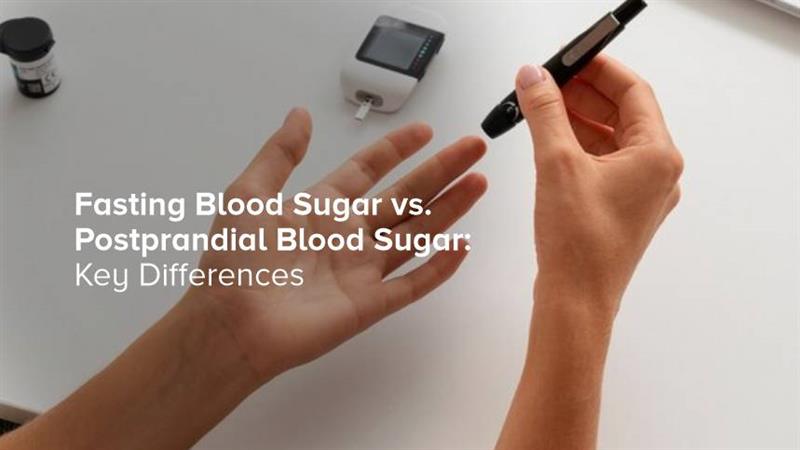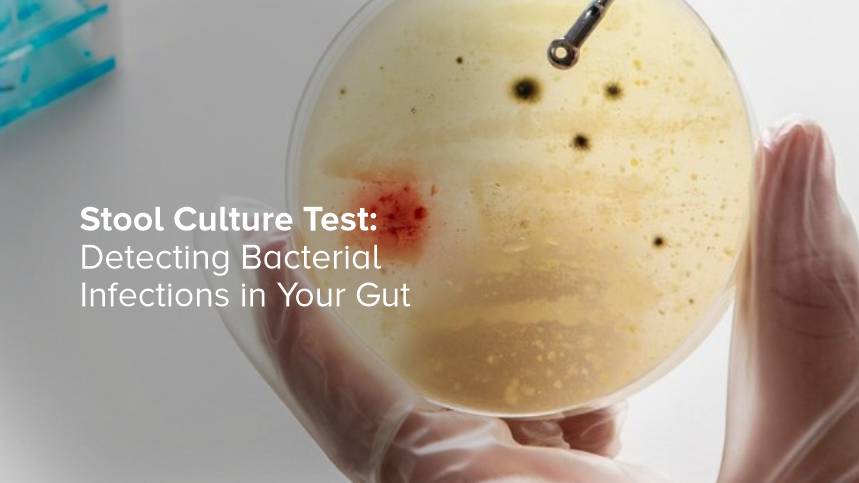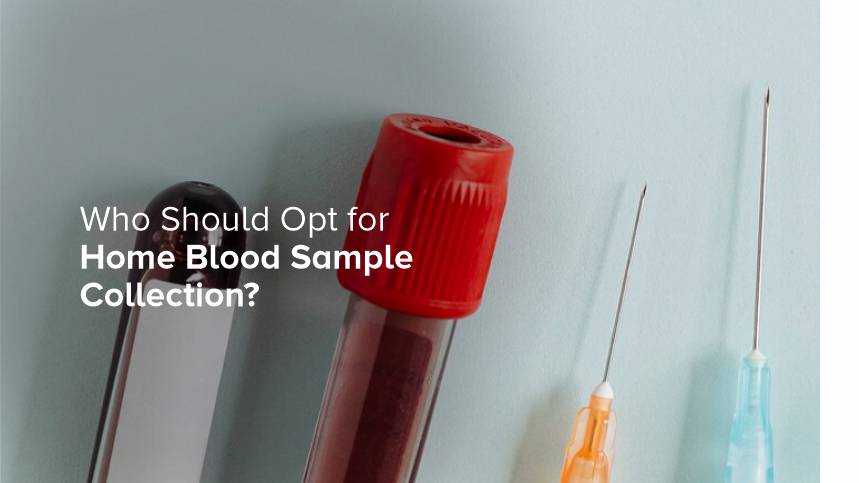


Condition
- Others
- Blood Disorders
- Top tests
- Others
- Others
- Others
- Fever
- Fever
- Blood Disorders
- Blood Disorders
- Preventive Health Checkup
- Preventive Health Checkup
- Profile
- Kidney Disease
- Kidney Disease
- Diabetes
- Diabetes
- Heart Disease & Hypertension
- Preventive Health Checkup
- Lifestyle Packages
- Thyroid Disorder
- Diabetes
- Diabetes
- Diabetes
- Diabetes
- Diabetes
- Diabetes
- Diabetes
- Top tests
- Allergy
- Top tests
- Top tests
- Top tests
- Top tests
- Diabetes
- Top tests
- Diabetes
- Top tests
- Top tests
- Top tests
- Liver Disease
- Diabetes
- Top tests
- Vitamin Deficiency
- Top tests
- Top tests
- Liver Disease
- Top tests
- Top tests
- Top tests
- Anemia
- Anemia
- Anemia
- Diabetes
- Diabetes
- Anemia
- Top tests
- Top tests
- Top tests
- Preventive Health Checkup
- Thyroid Disorder
- Heart Disease & Hypertension
- Top tests
- Preventive Health Checkup
- Diabetes
- Heart Disease & Hypertension
- Top tests
- Fever
- Allergy
- Liver Disease
- Lifestyle Packages
- Heart Disease & Hypertension
- Top tests
- Arthritis
- Top tests
- Top tests
- Heart Disease & Hypertension
- Kidney Disease
- Preventive Health Checkup
- Allergy
- Top tests
- Lifestyle Packages
- Top tests
- Kidney Disease
- Top tests
- Lifestyle Packages
- Top tests
- Preventive Health Checkup
- Preventive Health Checkup
- Top tests
- Top tests
- Vitamin Deficiency
- Allergy
- Diabetes
- Top tests
- Top tests
- Top tests
- Top tests
- Heart Disease & Hypertension
- Allergy
- Top tests
- Preventive Health Checkup
- Top tests
- Top tests
- Infertility
- Top tests
- Lifestyle Packages
- Allergy
- Diabetes
- Heart Disease & Hypertension
- Lifestyle Packages
- Preventive Health Checkup
- Preventive Health Checkup
- Top tests
- Preventive Health Checkup
- Top tests
- Diabetes
- Top tests
- Infertility
- Top tests
- Thyroid Disorder
- Top tests
- Allergy
- Preventive Health Checkup
- Vitamin Deficiency
- Top tests
- Top tests
- Infertility
- Lifestyle Packages
- Diabetes
- Liver Disease
- Kidney Disease
- Vitamin Deficiency
- Top tests
- Heart Disease & Hypertension
- Heart Disease & Hypertension
- Top tests
- Heart Disease & Hypertension
- Heart Disease & Hypertension
- Heart Disease & Hypertension
- Infertility
- Heart Disease & Hypertension
- Vitamin Deficiency
- Vitamin Deficiency
- Arthritis
- Arthritis
- Top tests
- Top tests
- Lifestyle Packages
- Preventive Health Checkup
- Lifestyle Packages
- Preventive Health Checkup
- Vitamin Deficiency
- Top tests
- Lifestyle Packages
- Lifestyle Packages
- Preventive Health Checkup
- Top tests
- Preventive Health Checkup
- Top tests
- Heart Disease & Hypertension
- Infertility
- Top tests
- Top tests
- Preventive Health Checkup
- Lifestyle Packages
- Top tests
- PCOD
- Preventive Health Checkup
- Lifestyle Packages
- Preventive Health Checkup
- Top tests
- Fever
- PCOD
- Kidney Disease
- Top tests
- Top tests
- Preventive Health Checkup
- Preventive Health Checkup
- Liver Disease
- Thyroid Disorder
- Top tests
- Heart Disease & Hypertension
- PCOD
- Top tests
- Arthritis
- Preventive Health Checkup
- Kidney Disease
- Lifestyle Packages
- Top tests
- Allergy
- Top tests
- Top tests
- Diabetes
- Thyroid Disorder
- Preventive Health Checkup
- Top tests
- Lifestyle Packages
- Preventive Health Checkup
- Top tests
- Kidney Disease
- Liver Disease
- Infertility
- Top tests
- Anemia
- Top tests
- Top tests
- Top tests
- Preventive Health Checkup
- Bone Health
- Cancer
- Fatty Liver

Tests
Managing diabetes effectively requires a strong understanding of blood sugar levels and how they fluctuate throughout the day. Two critical measurements that often come up are fasting blood sugar (FBS) and postprandial blood sugar (PPBS). While both provide valuable insight into how your body processes glucose, they serve different purposes and indicate different aspects of your health.
Let’s explores the key differences between fasting blood sugar and postprandial blood sugar, highlights their importance in diabetes management, and provides actionable advice for staying on top of your health.
What Is Fasting Blood Sugar?
Fasting blood sugar refers to the level of glucose in your blood after you’ve had no food or drink (besides water) for at least 10 hours. It essentially measures your baseline blood sugar without any interference from recent meals.
Why Is It Important?
Doctors commonly use fasting blood sugar to evaluate how well your body regulates glucose overnight, without external factors such as meals affecting the reading. Consistently high fasting blood sugar levels may indicate insulin resistance, prediabetes, or diabetes.
Normal FBS Range
- Normal Range: 70–99 mg/dL
- Prediabetes Range: 100–125 mg/dL
- Diabetes Range: 126 mg/dL or higher (confirmed by two tests)
How Is It Measured?
Fasting blood sugar is typically measured through a blood test taken first thing in the morning before you eat or drink anything other than water.
What Is Postprandial Blood Sugar?
Postprandial blood sugar refers to your blood glucose levels after eating. “Postprandial” means “after a meal,” and the measurement is typically taken 1–2 hours after starting a meal. This test helps assess how effectively your body manages a glucose load from food.
Why Is It Important?
Postprandial blood sugar is particularly useful for understanding your body’s short-term response to meals. A spike in blood sugar levels after eating is normal, but excessive post-meal glucose levels can strain your body and contribute to long-term diabetes-related complications.
Normal PPBS Range
- Normal Range: Less than 140 mg/dL
- Prediabetes Range: 140–199 mg/dL
- Diabetes Range: 200 mg/dL or higher
How Is It Measured?
You’ll measure your postprandial blood sugar 1–2 hours after the start of your meal using a blood glucose meter or through lab testing.
Fasting vs. Postprandial Blood Sugar: Key Differences
While both measures are crucial, they serve unique purposes and are interpreted differently.
1. Timing of Measurement
- Fasting Blood Sugar: Measured after an 8–12 hour fast, typically in the morning.
- Postprandial Blood Sugar: Measured 1–2 hours after eating a meal to gauge how well your body handles dietary glucose.
2. Purpose
- Fasting Blood Sugar: Evaluates baseline glucose levels without external influences. It primarily reflects your body’s overnight glucose regulation and insulin function.
- Postprandial Blood Sugar: Assesses how effectively your body manages glucose from meals. It can reveal issues with insulin production or insulin sensitivity in response to food.
3. Target Range
- Fasting Blood Sugar: Lower glucose levels are generally the goal after fasting overnight. Normal ranges hover below 99 mg/dL.
- Postprandial Blood Sugar: Post-meal levels can naturally be higher, but should still return to less than 140 mg/dL within 2 hours after eating.
4. Associated Health Risks
- Consistently high fasting glucose levels may indicate prediabetes, type 2 diabetes, or worsening pancreas function.
- Elevated postprandial glucose levels can increase the risk of cardiovascular complications, as high glucose contributes to plaque buildup in blood vessels.
5. Actionable Insights
- Fasting Blood Sugar: Helps diagnose and monitor overall glucose regulation in diabetes.
- Postprandial Blood Sugar: Helps assess how diet and medication affect short-term glucose management.
6. Impacts of Lifestyle Choices
- Fasting Glucose: Influenced by factors like nighttime eating, stress, and insulin sensitivity.
- Postprandial Glucose: Directly related to your meal composition, portion size, and timing. Understanding the glycemic index of foods can help optimize post-meal glucose regulation.
Why Measuring Both is Essential for Diabetes Management
Fasting and postprandial blood sugar tests complement each other. Fasting blood sugar provides a snapshot of your baseline glucose, while postprandial levels focus on how food impacts your body.
Measuring both metrics helps create a comprehensive picture of your overall glucose control. This is especially important for diabetes patients aiming to prevent complications such as neuropathy, retinopathy, and cardiovascular disease.
Doctors may also use your fasting and postprandial results alongside HbA1c levels to adjust medications, recommend dietary changes, and refine lifestyle interventions.
Getting Accurate Results
- Fasting Blood Sugar Tips: Avoid eating or drinking anything besides water for 8–12 hours before your test. Schedule your test in the morning for convenience and consistency.
- Postprandial Blood Sugar Tips: Start your timer at the beginning of your meal and keep a food diary to track what you ate for more accurate assessments.
Simple Steps to Lower Blood Sugar Levels
If your fasting or postprandial readings are higher than normal, consider these tips to improve glucose management:
- Eat Balanced Meals:
Include protein, healthy fats, and fiber in your meals to slow glucose absorption and reduce blood sugar spikes. - Monitor Your Portion Sizes:
Overeating, even healthy foods, can impact blood sugar levels. Use a smaller plate to help control serving sizes. - Exercise Regularly:
Physical activity helps your body use glucose more efficiently. Aim for at least 30 minutes of moderate exercise most days. - Stay Hydrated:
Drinking plenty of water promotes healthy circulation and helps your kidneys flush out excess glucose. - Manage Stress:
Chronic stress elevates cortisol, which can increase blood sugar levels. Practice deep breathing, meditation, or yoga to manage stress effectively. - Consult Your Doctor:
Regular check-ups ensure any blood sugar irregularities are addressed promptly, with guidance tailored to your specific needs.
Conclusion
Understanding the differences between fasting blood sugar and postprandial blood sugar can help you take better control of your diabetes management.
By regularly monitoring both, making informed dietary choices, and working closely with your healthcare provider, you can prevent complications and enjoy a healthier life.
WANT TO BOOK HEALTH CHECKUP ?
Categories
Others
4
Blood Disorders
3
Top tests
69
Fever
4
Preventive Health Checkup
26
Profile
1
Kidney Disease
8
Diabetes
20
Heart Disease & Hypertension
15
Lifestyle Packages
15
Thyroid Disorder
5
Allergy
8
Liver Disease
6
Vitamin Deficiency
7
Anemia
5
Arthritis
4
Infertility
6
PCOD
3
Bone Health
1
Cancer
1
Fatty Liver
1
Recent Blogs
Stool Culture Test: Detecting Bacterial Infections in Your Gut
Our digestive system is home to a vast community of microorganisms—most of which are...
29-04-2025
Who Should Opt for Home Blood Sample Collection?
Convenience has become a priority in every aspect of life, including healthcare. One of...
29-04-2025
Online Lab Tests vs. Traditional Lab Tests: Which One Should You choose?
In today’s digital-first world, almost everything is available at your fingertips—from...
29-04-2025







